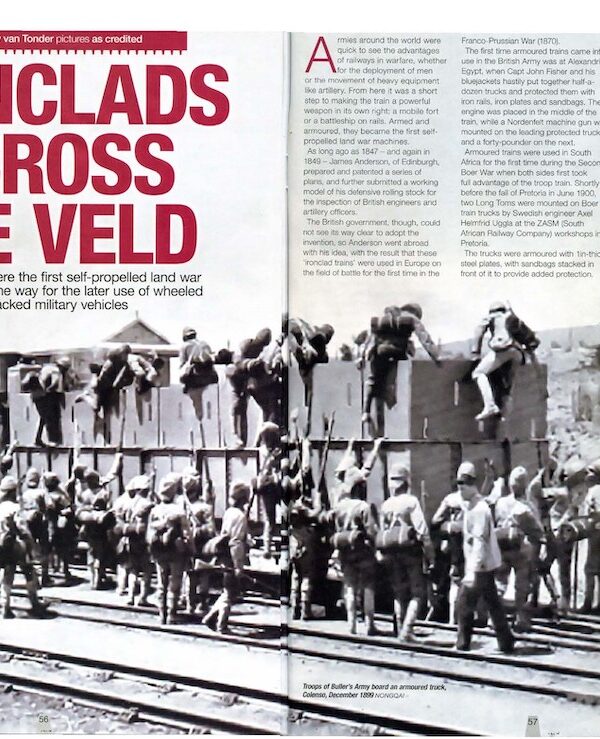Deadly Efficient Mobile Warfare: Rhodesian SAS
From 1941 to 1980, ‘C’ (Rhodesia) Squadron was an integral and highly esteemed member of the Special Air Service (SAS) family. Inspired by the rapid Long Range Desert Group’s (LRDG) vehicle-borne rescue of elements of the SAS, whose first mission into German-held territory ended in failure as a result of severe sandstorms, No. 8 (Guards) Commando officer David Sterling developed the extremely successful SAS operational tactic that centred on small, heavily armed and mobile strike units.





